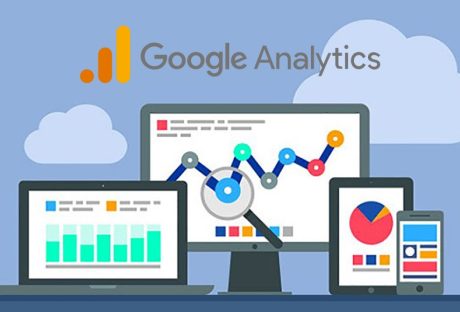Marketing is, as many people argue, the backbone of all business success.
Creating and running a business that offers a fantastic service and/or product line is just the beginning. How do you get the word out about your business to attract customers or clients effectively?
Marketing is one common factor that all successful businesses share. Without it, business owners are effectively working in the dark.
Here Are 3 Prime Reasons Your Business Needs Marketing
To build revenue and to continue doing so, people need to know what sort of business you are and why your service or product is worth their time and money.
1. You need marketing to build a strong reputation

Businesses need marketing to show potential customers why they’re trustworthy and why they’re the best at what they do. It can take the form of product demos, customer reviews, or even some persuasive text! Think about advertising we all see daily, whether on social media, TV or elsewhere. It all exists to help convince people that the advertisers are the ones to trust.
Reputation is key to driving regular business, too. Marketing isn’t just a one-step job. A successful business is constantly growing, always pitching and reaching out to people. Otherwise, the money dries up, and people lose jobs – simple!
2. You need marketing to stay relevant

One of the critical principles graduates learn when studying for an online master’s in marketing is the importance of relevance. Society – and tastes – move very quickly and change as people develop and age. Regardless of a business’ industry or demographic, it’s vital to look carefully at technological trends, for example.
Relevance is tricky to balance if a business isn’t actively communicating with its customers. Market research is crucial when gauging opinion. Marketers need to learn more about why customers invest in specific services and what they’d like to change (if anything).
Evolving business marketing is vital to survival. Consider a huge brand such as Kodak, which made billions from traditional photography. As digital photography phased out mainstream photo development, they changed their marketing, pivoting towards printing supplies and selling their own digital cameras. Adjusting to a changing market – and keeping a finger on the pulse – keeps a business alive.
3. You need marketing to make the money

From content marketing to active outreach, there are many ways to speak to customers. However, you can’t expect to generate revenue if you don’t talk to them. Simply running a service and developing products isn’t enough.
People need to know who you are. Marketing is, essentially, shouting about your business repeatedly, thereby building awareness. Sometimes, it’s not even about how loud you shout, but what you shout – and when!
Businesses that don’t market themselves will only ever have a client pool as large as they currently have. Therefore, the need for marketing experts (and in-house teams) will never go away. The role of a marketer, too, is one that changes day after day – it’s always interesting to work.
Additionals:






















